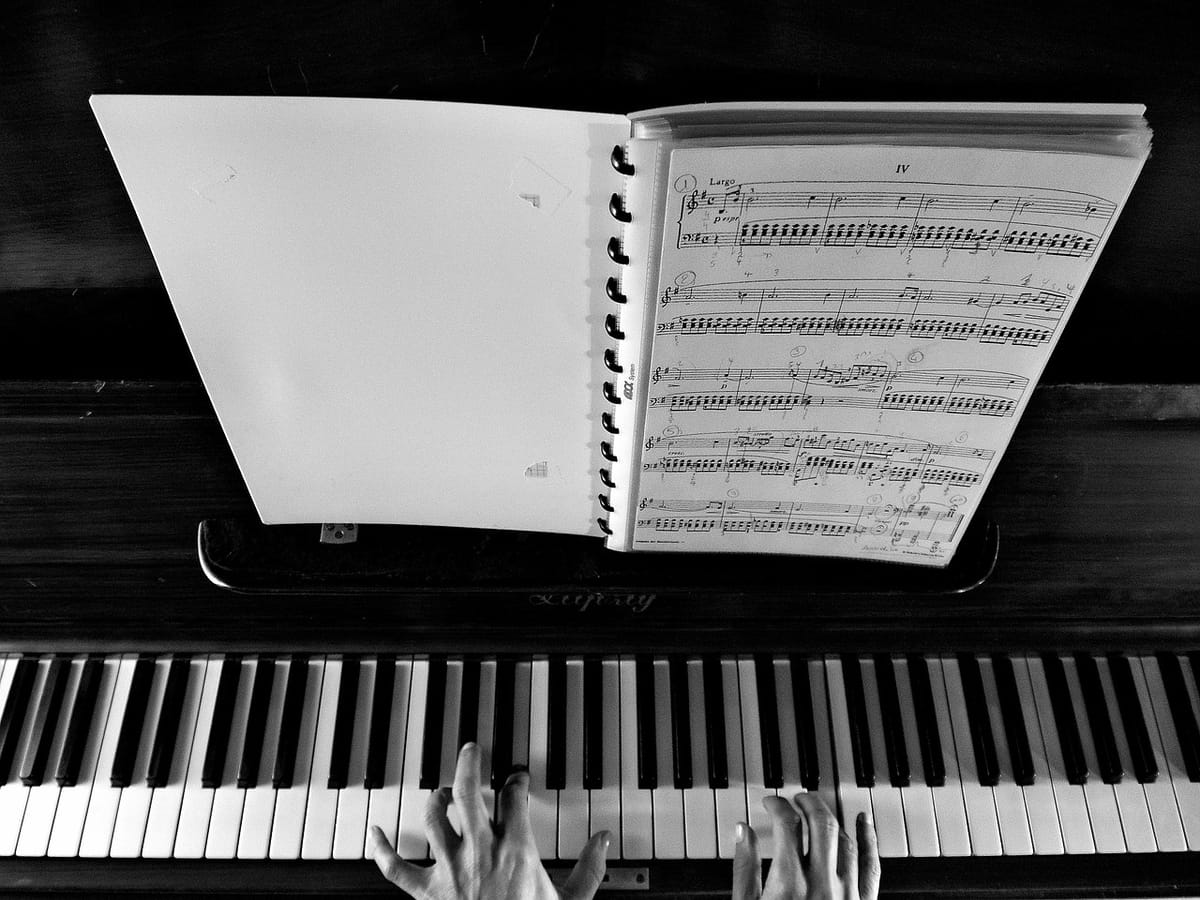Have you ‘got’ it?

It’s great when students get things. That happy moment when the penny drops, the eyes light up and we become enveloped in that warm glow of satisfaction knowing that our teaching has been successful. But then, oh dear. Our students return the following week and that new fingering or rhythm seems to have departed from their minds. What they had (and please forgive the usage) gotten, they seem now to have for-gotten. Interestingly, to forget tends to imply that the information isn’t entirely irrecoverable. In saying we’ve forgotten, we generally mean “I can’t remember it at the moment, but it will probably come back.” And that may indeed be the case.
But it’s often not the case.
I love a particular word that disappeared from common usage many centuries ago. And that word is un-get. This is often what happens after we teach our students something new for the first time. The fact is, it hasn’t been temporarily forgotten. Whatever that thing was that they had got, they have now un-got. It is irretrievable. It has completely gone!
But that’s okay, let’s not worry about it. Instead, and with good humour, we simply need to teach it again, to encourage them to re-get it! And how do we do this?
The secret is to teach it again from other angles.
One great way to achieve this is by using the Simultaneous Learning Musical Map of the World (available to download free here) which will give you lots of ideas for teaching the matter in question in different ways and contexts that are linked to the piece you are working on. The key is to alter the order of steps that led up to that teaching/learning moment. Simply make the appropriate connections in a different order.
This will help us discover what hasn’t quite been understood and is therefore preventing our student from properly getting it. Maybe they are not playing a phrase staccato – although they did last week. The reason they haven’t entirely got it yet might be aural – they are not hearing the staccato in their musical ear – or it could be a technical issue, or maybe it’s to do with dynamic levels or some aspect of their technique. Let’s explore all these possibilities, vary the order in which we do so and, all being well, our student will eventually get with less likelihood of subsequently for-getting or indeed un-getting.
And so here is my ‘re-’ declining of the verb to get:
I get – which happens sometimes. But often…
I for-get – which is possible. But more probably…
I un-get – which is more likely! But that’s okay, because with a good teacher to reinforce the idea…
I re-get! – and it stays!
And that can’t help but make us all feel so much happier…
This article first appeared on the blog section of the author.





